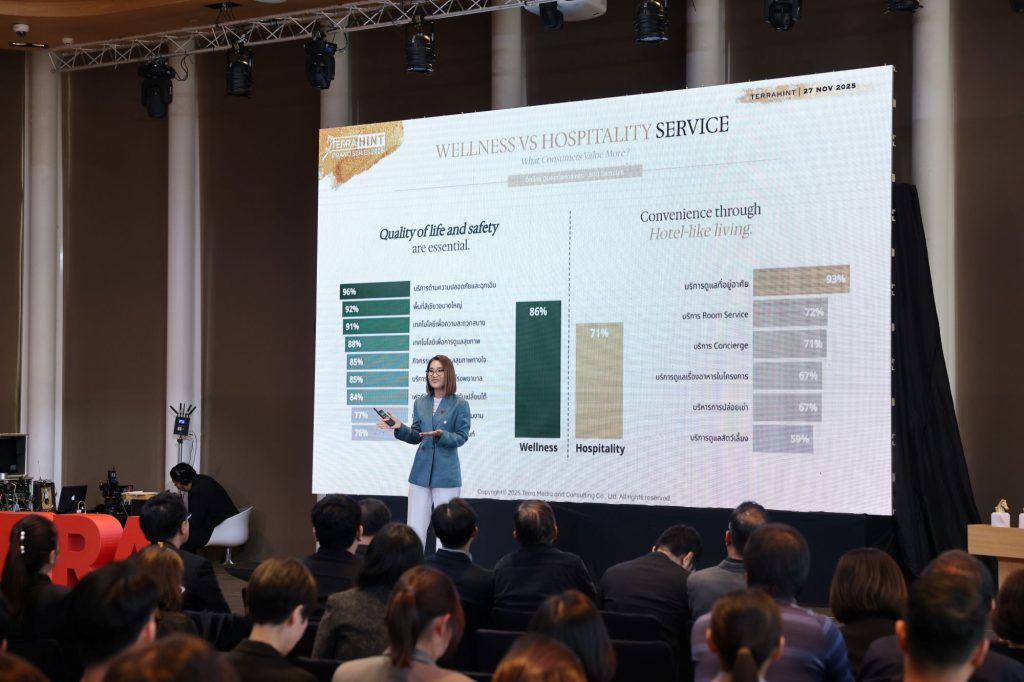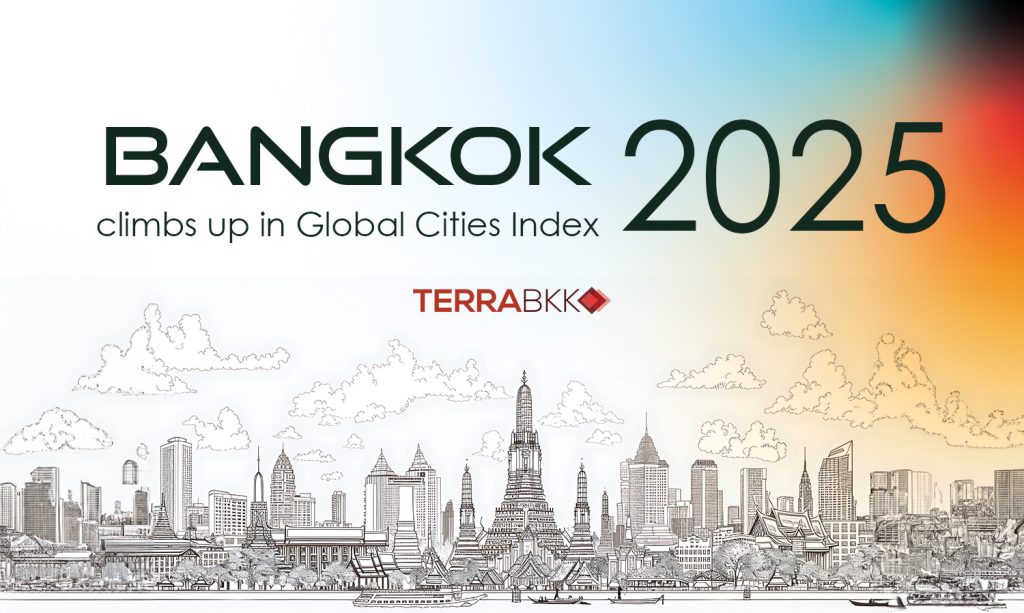NEWS & EVENTS
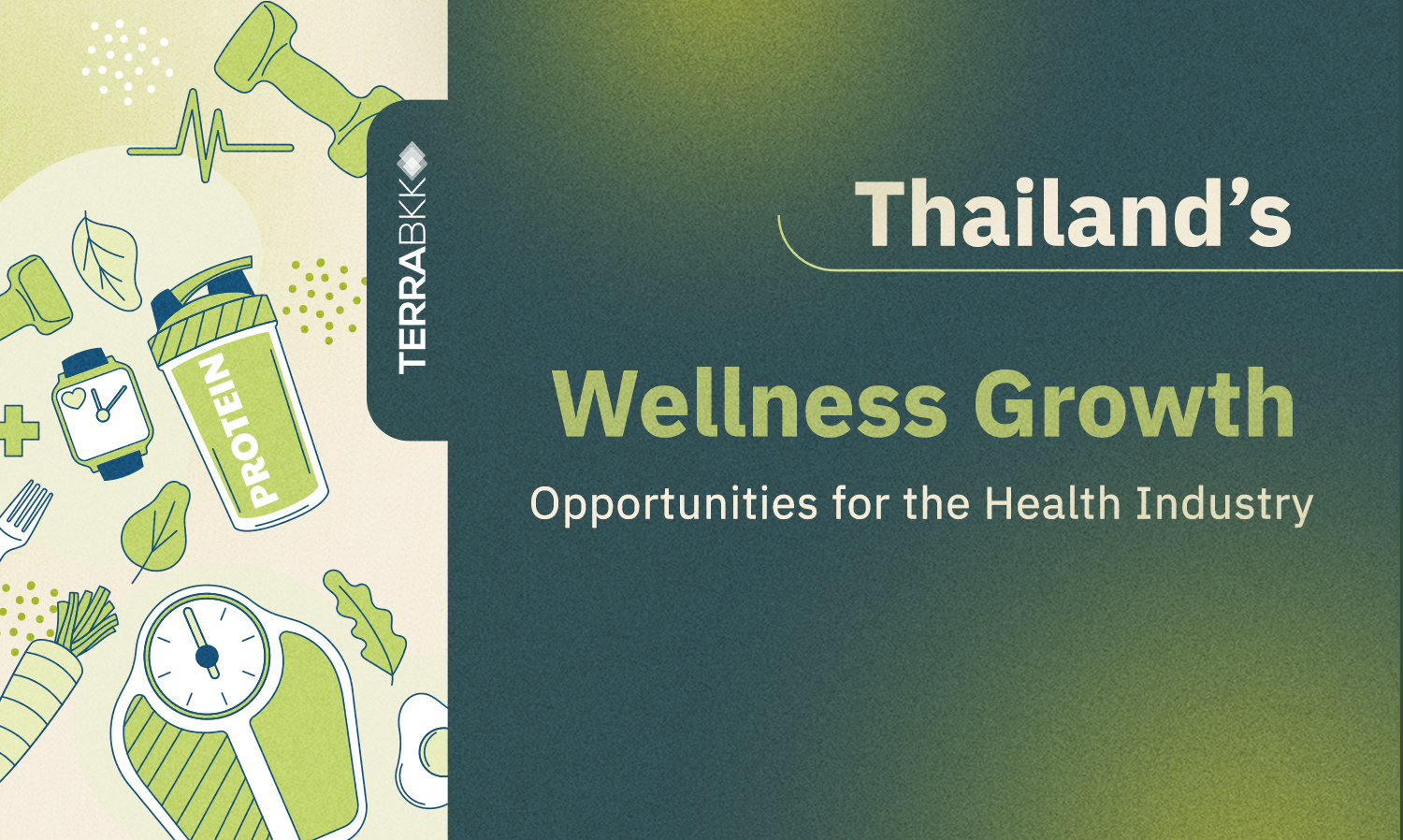
Thailand is entering a new era of the wellness economy, as reflected in the growing public interest in physical and mental health. This shift in lifestyle is evident in various aspects—from wellness travel that focuses on recovery, healthy eating, regular exercise to mindfulness. This trend was accelerated after the COVID-19 pandemic, as people became increasingly aware of and concerned about their well-being.
According to the Global Wellness Institute (GWI), Thailand’s wellness economy was valued at approximately THB 1,400 billion in 2023. The value nearly matches the pre-COVID level of THB 1,450 billion in 2019. The sector also experienced an average annual growth of 8.62% between 2020 and 2023 which underscored the long-term growth potential of this industry.
Even though the market shrank to THB 940 billion during 2020–2021, it rebounded quickly. In 2023, the wellness market grew by an impressive 28% year-over-year. The key drivers of this recovery were the return of international tourists and the public’s heightened focus on health and wellness.
A major sector of the wellness industry is wellness tourism. The sector saw total spending soared to THB 419 billion in 2023—more than double the spending of THB 194 billion in 2022. The wellness mindset became part of daily life, influencing everything from food and fitness to fashion and mental health. For instance, the healthy-labeled food and beverage market reached a value of THB 198 billion in 2023 and had strong ties to fitness, beauty, and other wellness services.
These elements position Thailand’s wellness economy to serve not only the domestic market but also attract international visitors. This situation presents a major opportunity for Thailand to emerge as a global hub for health and wellness services.
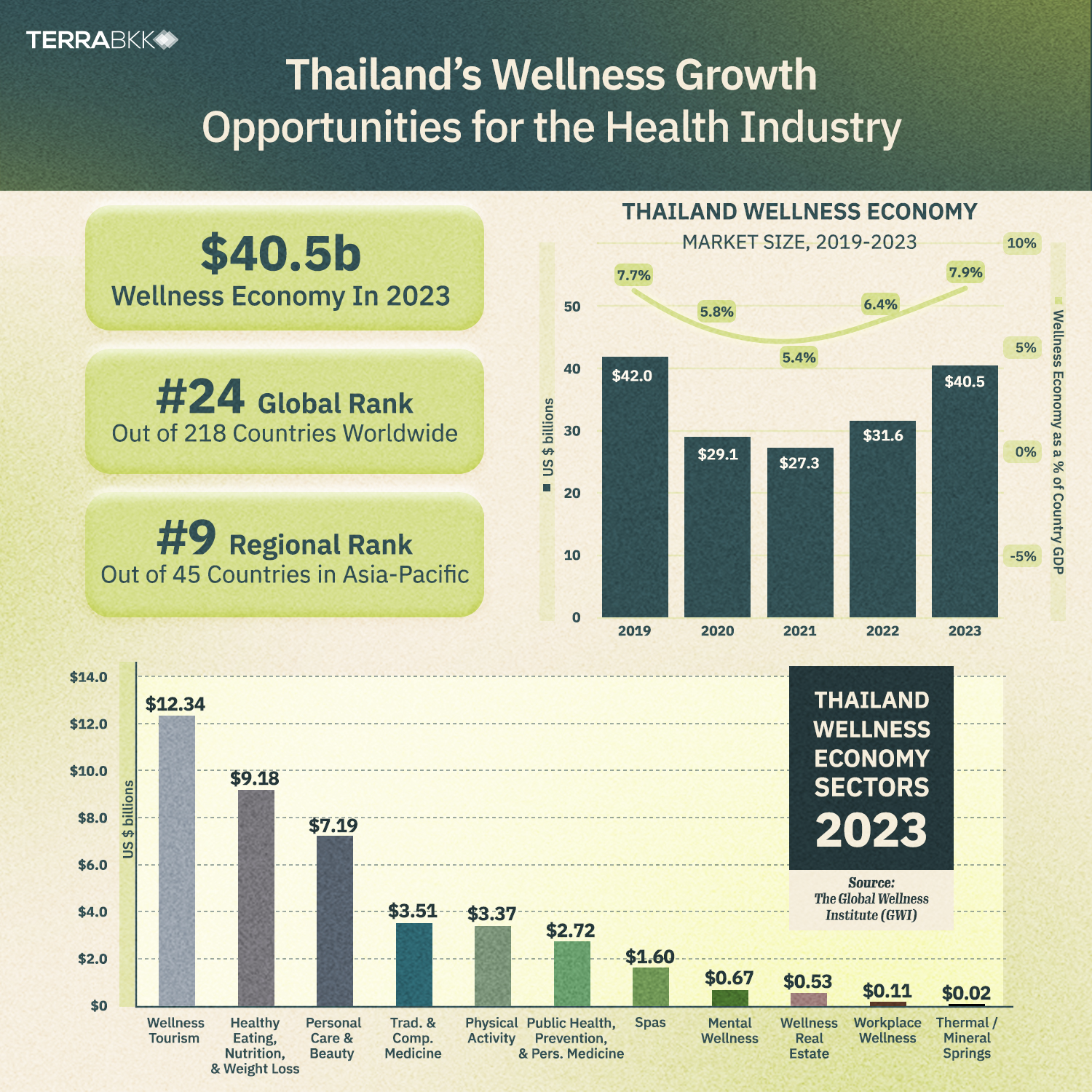
The Five Major Sectors of Thailand’s Wellness Economy
In 2023, Thailand’s wellness economy was composed of 10 sub-sectors. The five most prominent ones, based on market size and economic contribution, were as followed:
1. Tourism
Wellness tourism holds the largest market share within Thailand’s wellness economy. In 2023, there were 13.48 million wellness-related trips, generating a total expenditure of THB 419 billion. This sector caters to a wide range of travelers and is divided into two key groups:
- Primary Trips (6%) These are trips where health and wellness are the main objectives—such as detox retreats, yoga camps, or post-illness rehabilitation.
- Secondary Trips (94%) For this trip, travelers may not start out with wellness in mind but engage in health-related activities during their trips, like yoga classes, healthy cooking workshops, or resort spa treatments.
Notably, Thai consumers made up 60% of all wellness-related travel, with foreign tourists accounting for the remaining 40%. This shows strong domestic demand and highlights the opportunity to develop wellness offerings that appeal to both local and international visitors.
2. Nutrition & Weight Management
This sector includes a wide range of health-supporting and weight-management products:
- 63%: Healthy-labeled foods and beverages
- 25%: Vitamins and supplements
- 12%: Weight loss products and related services
The rising popularity of this segment is driven by increasing consumer awareness of nutrition and a fast-paced lifestyle, especially in urban areas. This led to the growth of businesses like health food cafes, plant-based beverages, and full-service meal planning platforms.
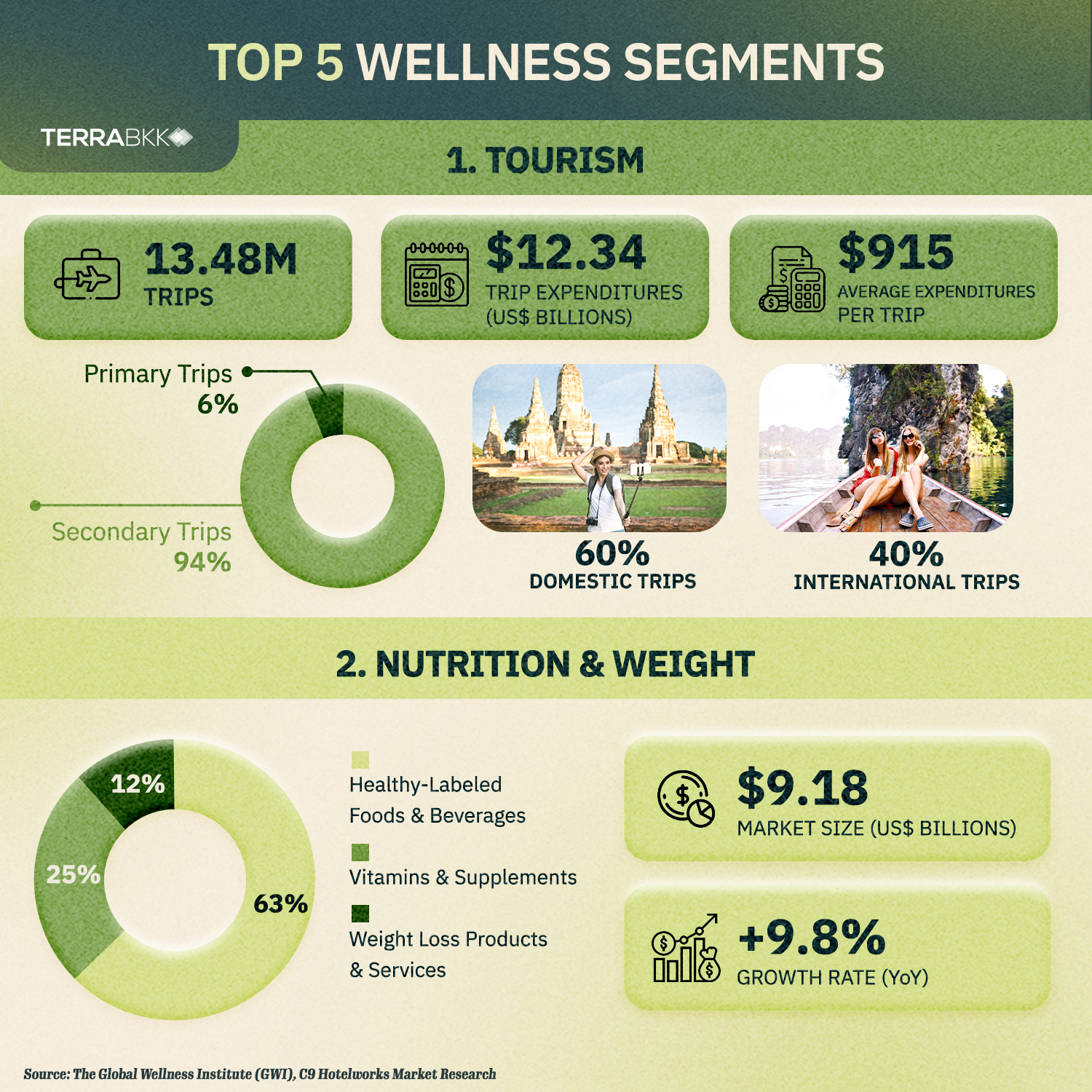
3. Aesthetics & Beauty
The beauty and aesthetics sector continues to grow steadily, reaching THB 244 billion in 2023—up from THB 235 billion in 2019 (a 3.8% increase). This sector comprises everything from skincare, haircare, to aesthetic clinics. It reflects the growing interest in self-care, particularly among the young consumers who view beauty as a key part of their personal confidence and social image.
4. Traditional & Complementary Medicine
Thailand’s rich heritage in traditional medicine and herbal remedies supports the ongoing growth of this sector, which is valued at THB 119 billion in 2023—up from THB 112 billion in 2019 (a 6.3% increase). The sector is divided into two main categories:
- Medicines & Products: Herbal supplements such as Andrographis, balm, inhalers, herbal compresses, and teas.
- Services & Practitioners: Treatments such as acupuncture, cupping, herbal compress therapy, and traditional Chinese medicine.
The strength of this sector lies in its connection to Thai culture, natural healing, and holistic care—an approach aligned with global trends in holistic wellness.
5. Fitness & Physical Activities
This sector represents a shift in consumer behavior—from viewing exercise as a hobby to embracing it as a full-fledged lifestyle. Key contributors include:
- Fitness fashion and accessories (52%)
- Exercise equipment (14%)
- Sports and health-related activities
This trend reflects the growing emphasis on integrating wellness into everyday routines, supported by a booming market for activewear, fitness tech, and boutique gyms.
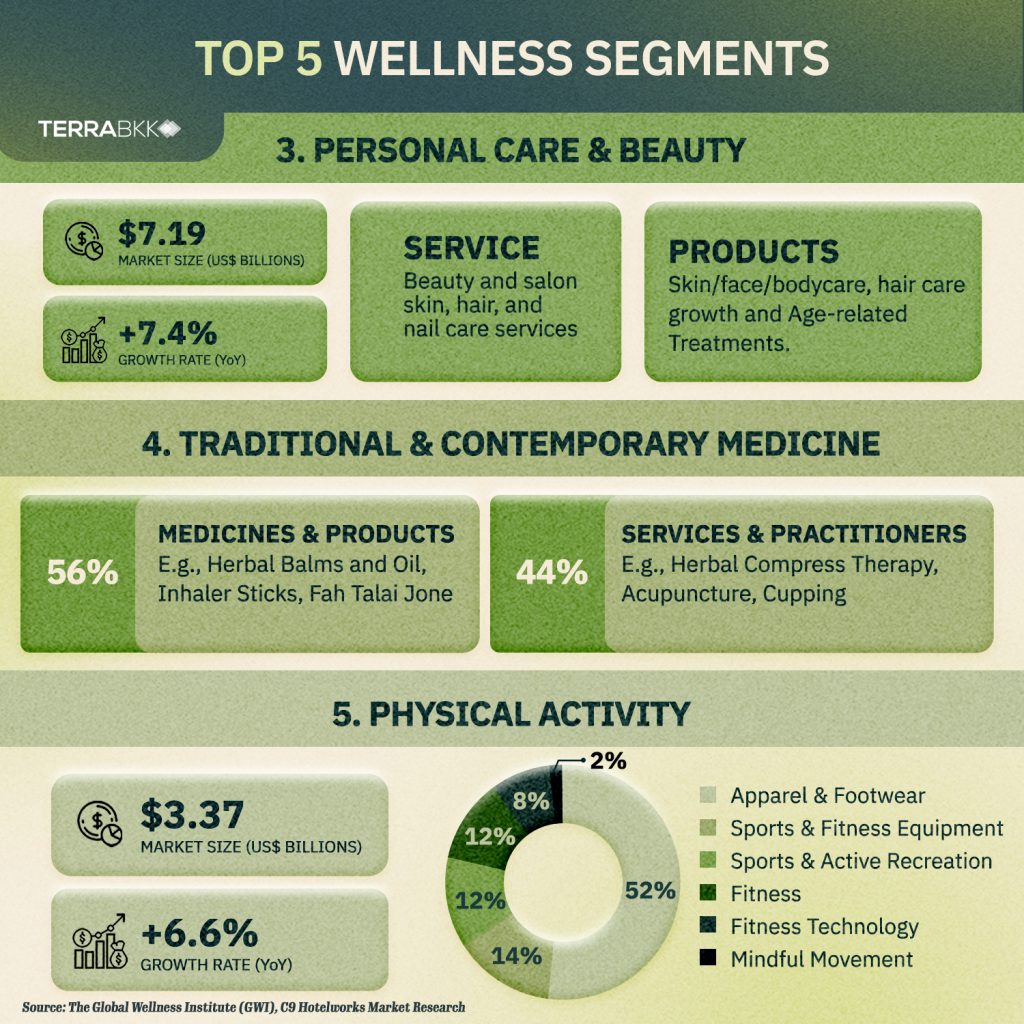
Wellness Hotels: A Booming Trend Across Thailand
The growth of wellness tourism has inspired hotels and resorts nationwide to rebrand and refocus on wellness. Popular wellness destinations include:
- Phuket, Phang Nga, Krabi (45%)
- Koh Samui (15%)
- Bangkok and Chiang Mai (10% each)
- Hua Hin, Koh Kood, Khao Yai, and other secondary cities
Hotel rates for wellness stays vary, with 37% of the market offering rooms under THB 10,000 per night, while 30% caters to the premium segment at over THB 20,000 per night.
Some notable upcoming wellness hotel projects include:
- Fivelements, Koh Samui – A luxury wellness resort set to open in mid-2026
- Clinique La Prairie, Phuket – A Swiss-based global health center, expected to open in 2025
- Tiva Ao Makham, Phuket – A Centara Group project opening in late 2025
- BDMS Silver Wellness & Residence – A mixed-use development with senior care facilities, scheduled for 2030
Currently, 62% of Thailand’s wellness hotels are non-branded, thus signaling an opportunity for new brands to enter and thrive in this growing market.
Thailand’s Position in the Global Wellness Economy
With a strong tourism infrastructure, diverse geography, and a strong culture rooted in holistic well-being—including cuisine, herbal medicine, and spa traditions—Thailand has become one of the largest wellness markets in Asia-Pacific.
This growth is not merely a post-pandemic rebound but a long-term trend that aligns with the demands from today’s health-conscious consumers. It presents wide-ranging business opportunities in tourism, accommodation, food and beverage, beauty, fitness, and wellness products.
For investors, entrepreneurs, and wellness industry players, Thailand in 2025 is no longer just a “tourist destination.” It is rapidly evolving into a “global wellness hub” full of untapped potential and new possibilities.

